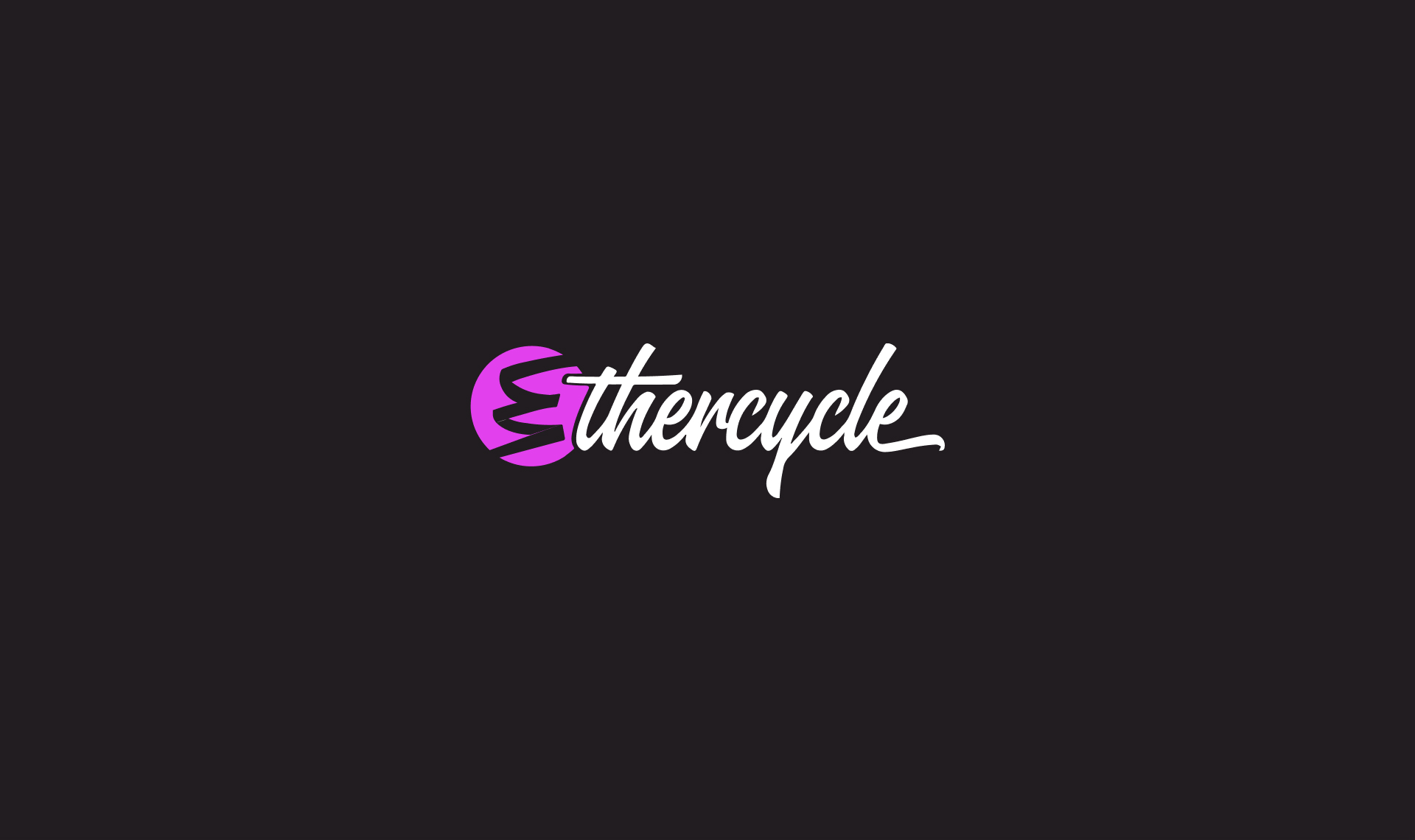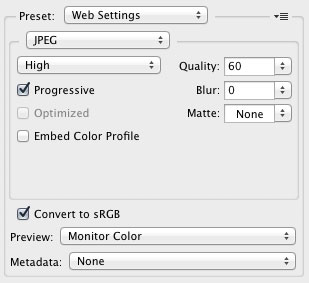You're receiving 300 unique visitor per day who view an average of six products per visit, but 99% of them never make it through your shopping cart. Sound familiar? It should.
Most ecommerce sites have their visitors abandon after viewing their shopping cart. According to
Fireclick / DigitalRiver the average abaondment rate is 72.31%. A typical ecommerce site is losing thousands of customers by not optimizing their cart. Fortunately, shopping cart abandonment rates are easily corrected with a few basic usability improvements.
Less is MoreEach additional step (even if you think its necessary) will increase attrition. Is all the information you collect absolutely required? Since removing form fields and steps is the easiest thing from a development standpoint, we recommend starting here. For example, if you don't ship internationally, why bother asking what country the customer is from at all? Are title, gender, birthday necessary fields? Of course not. Keep it simple to keep it successful.
Progress IndicatorsBoth on and offline, uncertainty results in consumer paralysis. It's easy to imagine when you consider some real-world examples. Best Buy transitioned to a single line for all of their cashiers rather than having customers pick a cashier like in a grocery store. Why? Uncertainty hurts conversion rates. As people, we are stressed by uncertainty. Online, we can reduce uncertainty by including a progress indicator for each step of the checkout process. Whether your checkout process is two steps or ten, indicating to customers where they are in that process will add certain and reduce cart abandonments.
A Picture Is Worth a Thousand WordsIn the brick and mortar world, customers can pick up items from a shelf and inspect them. The online response to this is through photos. More photos, and bigger photos is absolute critical. Including thumbnails in the shopping cart as a visual cue will further reduce abandonments. This eases the customer's anxiety that they may have added the wrong item to their cart. Without the thumbnail, the customer will have to return to the product page and possibly re-add their item in the cart. Including a thumbnail prevents this redundancy.
Estimate Total Cost EarlyOnline shippers are wary of taxes and shipping. Maybe its from years of infomercials selling products for "Just $19.95 plus $19.95 shipping and handling." Regardless, you can ease the fears of hidden costs by including an estimated total in your the shopping cart. Even better, if your niche allows free shipping or flat rate shipping, you will not only have simplified the shopping experience, but you'll also gain a marketing advantage.








